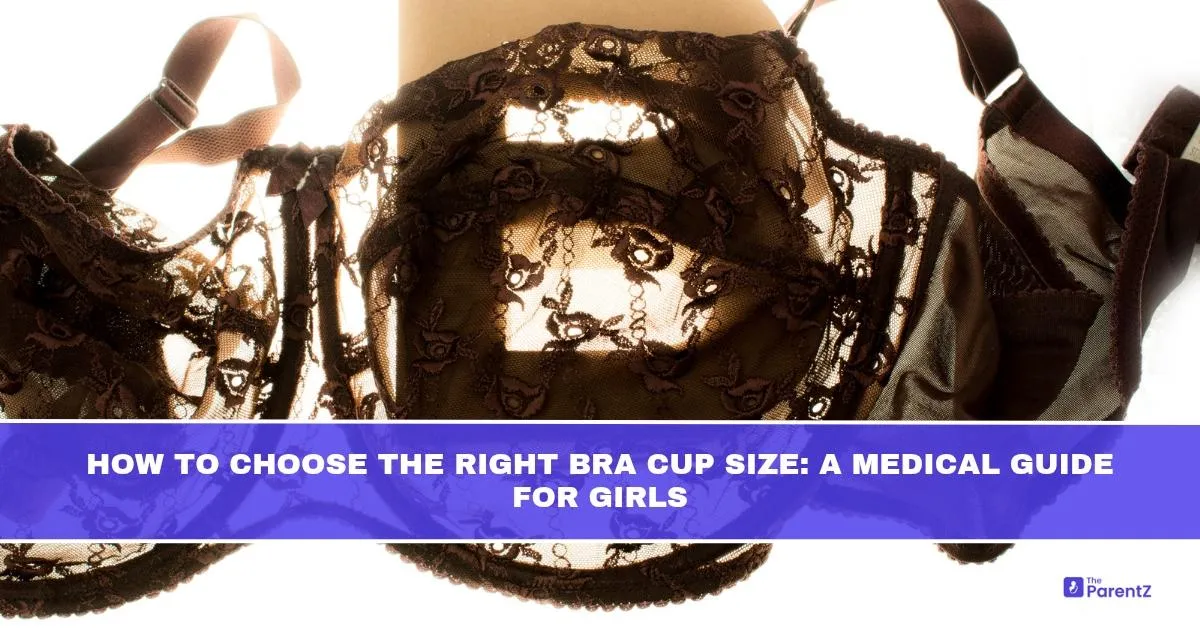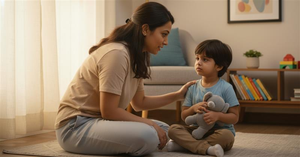Why Bra Fit Matters
A well-fitting bra is not just about appearance; it plays an important role in breast health, comfort, posture, and self-confidence. During adolescence, when breasts grow rapidly and may change size frequently, an improperly fitting bra can cause discomfort, skin irritation, back pain, and even affect body image. This guide explains how girls and parents can measure accurately, select the right bra cup size, and understand what a good fit looks and feels like.
Understanding Bra Size Basics
Bra size consists of two measurements: the band size (the number) and the cup size (the letter). The band size represents the circumference of the ribcage under the breasts, while the cup size indicates the volume of the breasts in relation to the band size. Both measurements are essential for a supportive and comfortable bra.
Steps to Measure Bra Size Correctly
- Measure the Band Size
- Measure the Bust Size
- Calculate the Cup Size
Checking for a Good Fit
- Band Fit
- Cup Fit
- Strap Fit
- Center Gore Fit
Signs of an Ill-Fitting Bra
- Red marks or deep grooves on shoulders.
- Underwire poking or sitting on breast tissue instead of underneath.
- Bra riding up the back, indicating a band that is too big.
- Breasts spilling out of cups or cups gaping.
- Constantly adjusting the straps for support.
Common Mistakes When Choosing Bra Size
- Measuring over clothing, which adds inches and leads to oversized bras.
- Only guessing bra size without measuring, which is rarely accurate.
- Using the same bra size for years without remeasuring, even though weight changes and growth can affect size.
- Focusing only on cup size without considering band size, leading to poor support.
Importance of Re-measuring During Puberty
During puberty, breast size can change every few months. It is recommended to measure every six months to ensure bras remain supportive and comfortable. Even if there is no significant change in breast size, bras lose elasticity with washing and daily wear, requiring replacement every six to twelve months.
Choosing the Right Bra Style for Teens
- Soft, Non-Wired Bras: Often recommended for early stages of breast development when breasts are tender and still growing.
- Lightly Lined Bras: Provide gentle shaping without heavy padding, helping girls feel comfortable with their changing bodies.
- Sports Bras: Useful during physical activities, providing extra support and reducing breast movement, which can cause discomfort or stretching of breast ligaments.
Psychological Benefits of Proper Bra Fit
A supportive, well-fitting bra can improve posture and self-confidence, especially during the emotionally sensitive teenage years. Poorly fitting bras can contribute to embarrassment and self-consciousness, which can negatively affect body image.
Do’s and Don’ts for Parents and Girls
Do:
- Reassure girls that breast development is a normal part of puberty.
- Shop for bras together so girls feel supported and comfortable.
- Choose bras made from breathable fabrics like cotton to reduce skin irritation.
- Replace bras regularly to maintain proper support.
Don’t:
- Buy bras that are significantly larger to “grow into” them; an oversized bra cannot provide proper support.
- Use fashion or push-up bras in early puberty; these can create unrealistic expectations and discomfort.
- Ignore signs of discomfort, such as frequent adjusting or complaints about pain.
When to Seek Professional Help
- Difficulty finding a comfortable fit after multiple measurements and bra styles.
- Painful underwire or persistent discomfort despite proper measurement.
- The significant size difference between breasts can cause problems with fit; sometimes, a specialist fitter can recommend solutions like padded inserts or custom bras.
- Rapid, unusual breast growth or breast lumps; while rare, these should be evaluated by a healthcare professional.
Conclusion: Empowering Girls with Knowledge
Choosing the right bra size is essential for physical comfort, breast health, and emotional well-being during adolescence. A properly fitting bra can ease the discomfort of growing breasts, improve posture, and boost confidence. Regular measurement, understanding the signs of poor fit, and involving girls in the selection process help normalize these changes and empower them with body awareness. With supportive guidance, parents can help girls navigate this important milestone with confidence and comfort.








Be the first one to comment on this story.